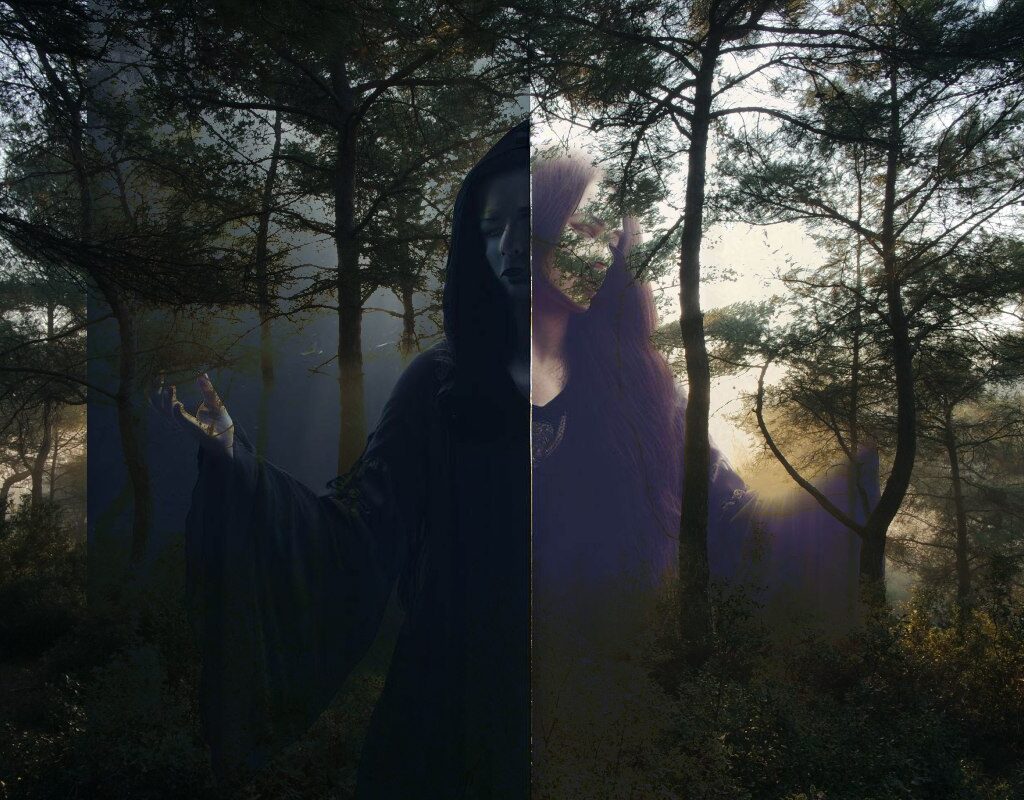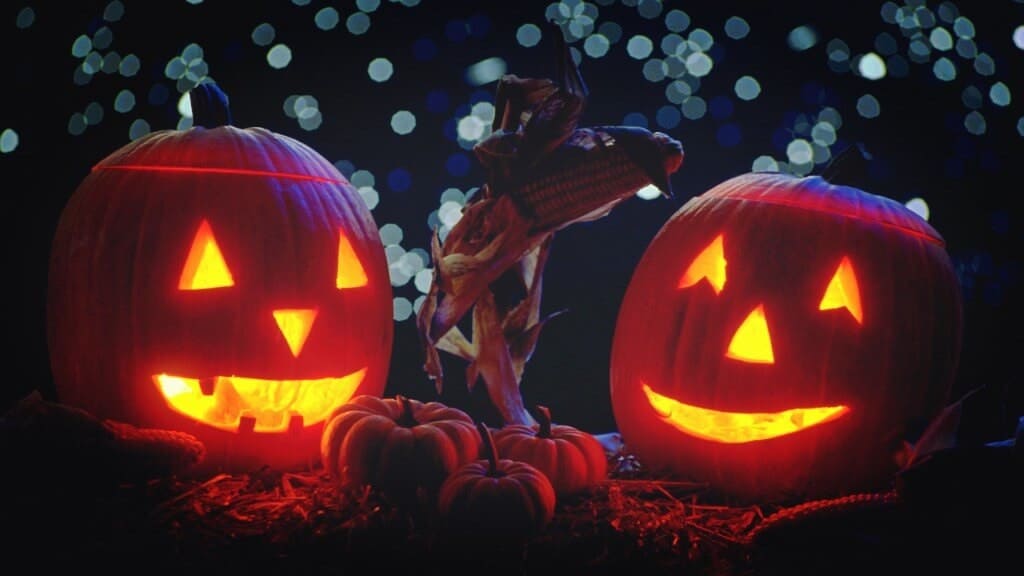According to the document Psychological Purposes of Witchcraft, written by physician Serge Raynaud de la Ferriere, the so-called religion of magic has more than 200 million active members worldwide.
Witch Academies of the 21st Century
Among them are modern witches, fetishists, tribal witches and witches of all existing sects: from the Indians and shamans of America to the tribes of Central Asia, without leaving aside Africa and, of course, Oceania.
In Mexico and other Latin American countries, this phenomenon has also been documented, but since it is not possible to carry out a rigorous census to systematically evaluate the practice of witchcraft, the results are disproportionately different from one estimate to another.
While the Mexican Episcopal Conference (CEM) reveals that there are more than 3,600 Catholics per priest in the country, Elio Masferrer Kan, anthropologist of religions and president of the Latin American Association for the Study of Religions (ALER), estimates that for every 3,500 people there could be up to 100 witches and warlocks.
Almost three and a half million nationwide.
However, figures published by the National Autonomous University of Mexico reveal that there are more than 30,000 specialized witches in the country.
Although witchcraft is ancestral, today it is gaining strength due to the crises faced by religions and the constant need of human beings to search, says Masferrer.
In Mexico and Latin America, there are millions and millions of witches and warlocks, because magic is not exclusive to one gender and is gaining strength there are different currents and levels. Commonly, each social class has its witches, he clarified.
Tradition and Training
Magic and witches are a worldwide reality, says Verónica Hernández, director of one of the magic schools established in Mexico six years ago; but while some apply empirical knowledge, others prefer to attend schools.
By the instructor of Círculo Wicca, the profile of the people who learn magic in the classrooms is that of a manifest interest in knowing this field and applying the teachings at an individual and collective level. We follow the tradition of the Celts, like European shamanism.
We give courses in natural magic, dream interpretation, runes as an oracle within magic and we show a path based on contact with and reverence for nature and the belief that divinity is a god-goddess, that there is a feminine and masculine energy, Hernandez explains.
The groups are of 10 people and each year they open up to four groups
Depending on the needs of the people. “Now we have 11 priestesses who studied for more than a year, attended all the ceremonies to celebrate the changes of seasons and harvests and, in addition, they are people who already know about magic, divination and healing,” says Hernandez.
Currently, the school has 70 students and also offers distance classes via the Internet. Thanks to this open system, they have students in Guadalajara, Monterrey and Baja California.
For the director, magic is a compliment in life and she assures to have students from 18 to 75 years old, among them, professionals and housewives.
She says that this is a consequence of the need to be in contact with nature, “as the religions or the lifestyle they had before no longer solve all their questions and they want to find answers, they are all in search of inner peace”.
In the 60 years of the school’s existence, approximately 200 Wiccans have been trained.
International Witch Schools
In several countries, there are centers, institutes, or schools for witches. According to the Catholic agency Zenit, in Holland, an institution called the Witches’ Farm, directed by Margarita Ronden, has become famous and has trained approximately 160 disciples in the last four decades.
The workshops cost more than $200 per weekend and more than $2,600 for a full course. This concept has spread to France, Spain and Italy where there are also groups that practice and teach witchcraft in all its forms.
“In the American continent, Haiti, Cuba, Dominican Republic, Jamaica, the Antilles, Brazil, Mexico, Argentina, Canada and the United States (Salem, Massachusetts; New Orleans), also have learning groups”, Masferrer assures.
For Haiti and Brazil, he says, apprentices mainly seek classes in voodoo and other branches of African witchcraft, while in Cuba they seek knowledge of Santeria.
In Argentina, there is the Center for Research and Teaching of Scientific Parapsychology and Alternative Therapies, which offers classes in mind control, red magic or love spells, talismans and amulets, as well as ovnilogy. The cost of the courses ranges between 1,500 and 2,000 dollars.
– “I believe that on the one hand there is the need to find something to believe in and on the other hand, there is the curiosity to know the magical, the occult. Human beings have magical thinking and roots,” adds the anthropologist of religions.
Where else?
If the Salem Witches did not have formal studies, it is because they did not want to come to Mexico. In several states of the Republic, there are small centers and masters of the trade. Proof of this is the Red de brujos de Catemaco, Veracruz, who, in addition to doing small jobs, share their knowledge in exchange for 15,000 pesos.
In Mexico City, there is the Wicca Circle that, in one year, trains magicians specialized in the Celtic tradition. The requirement is to participate in rituals (and 8,700 pesos).
Some prefer more traditional and less commercial teachers, those who are born with powers and inherit the knowledge of their ancestors, such is the case of the witches of:
- Atlacomulco, in the State of Mexico.
- Cortazar, Guanajuato
- Huautla de Juárez and parts of the Sierra of Oaxaca
- Los Altos de Chiapas and, of course
- Catemaco, Veracruz
This article has been adapted and translated by InfoMistico.com / Source: Magazine Quo Mexico




